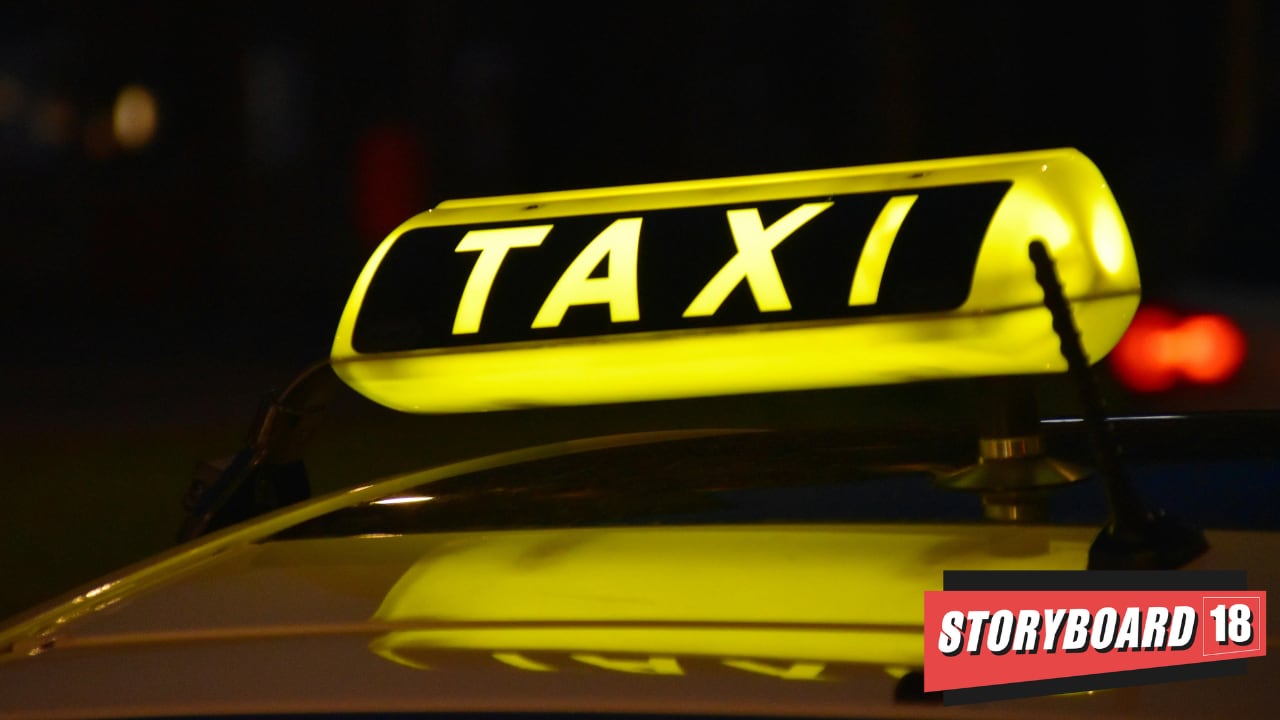The Karnataka government has declared uniform fares for all cabs operating through apps such as OLA and Uber as well as metered based city taxis.
Based on the cost of the vehicle, the taxis will be classified into three categories according to the new fare structure announced by the state government on February 3.
For vehicles priced below 10 lakh rupees, the minimum fare is set at 100 rupees for travel up to 4 kilometres, with an additional charge of 24 rupees for each extra kilometre travelled. Vehicles priced between 10 lakh and 15 lakh will have a minimum fare of Rs 115 for the initial 4 kilometres, with a subsequent charge of Rs 28 per kilometre. For vehicles exceeding 15 lakh in cost, the minimum fare for the first 4 kilometres will be Rs 130, and each extra kilometre will be charged at Rs 32. The cab aggregators are not allowed to collect and surge pricing from the passengers, according to the order.
Speaking to Moneycontrol, L Hemanth Kumar, additional commissioner for transport and secretary of State Transport Authority stated, “Earlier, there were separate fares for app-based and city taxis. Additionally, each category had minimum and maximum fares, which we have now eliminated. We decided to introduce uniform fares for all taxis/cabs. Further, we removed the non-AC category from the fare structure, as all vehicles now come equipped with AC facilities.”
According to the directive, passengers will not incur waiting charges for the initial five minutes, following which they will be charged Rs 1 for each subsequent minute. App-based aggregators will collect a 5 percent GST, and toll charges may be passed on to passengers. Fares during nighttime, from 12 am to 6 am, will be increased by 10 percent.
The official order stated, “Rates should not be charged on a time basis; instead, passengers will be charged based on the fares fixed in the notification by the government. No unauthorised fares shall be charged from passengers..,”
In the previous tariff adjustment for app-based cab services like Ola and Uber, implemented in 2021, fares were determined based on the vehicle’s price, categorised into four tiers. The charges included Rs 75 for the initial 4 kilometres for small cabs (vehicles priced up to Rs 5 lakh), a minimum fare of Rs 100 for 4 kilometres for vehicles ranging from 5-10 lakh, Rs 120 minimum for 4 kilometres for vehicles priced between Rs 10 lakh and 16 lakh, and luxury cabs (vehicles costing over Rs 16 lakh) were billed Rs 150 for the initial 4 kilometres.
For non-app-based city taxis operating in Bengaluru, the fare structure was as follows: Rs 75 for the initial 4 kilometres for non-AC taxis, with an additional Rs 18 charged for each subsequent kilometre. For AC taxis, the minimum fare was Rs 100 for the first 4 kilometres, with Rs 24 charged for every additional kilometre thereafter.
OLA and Uber licences under the Karnataka On-demand Transportation Technology Aggregators Rule 2016 expired in 2021. However, both the companies have kept offering taxi, auto, and bike taxi services. Although, both firms have applied for licence renewal butthe Karnataka transport department denied to renew them due to rule violations including the failure to install GPS and panic buttons, as well as the non display of driver details.
Tanveer Pasha, president of the Ola Uber Drivers and Owners Association, commented, “We have been advocating for a unified fare structure. Earlier, there were separate fares for app-based cabs and airport/city cabs. When the fare is lower, drivers end up losing money. In case of surge pricing, customers pay more. Previously, there was a fare category of vehicles costing less than Rs 5 lakh which has now been removed”. He further added, “They often reduce driver incentives and impose surge pricing on passengers. This will also ensure fixed income for drivers”.
